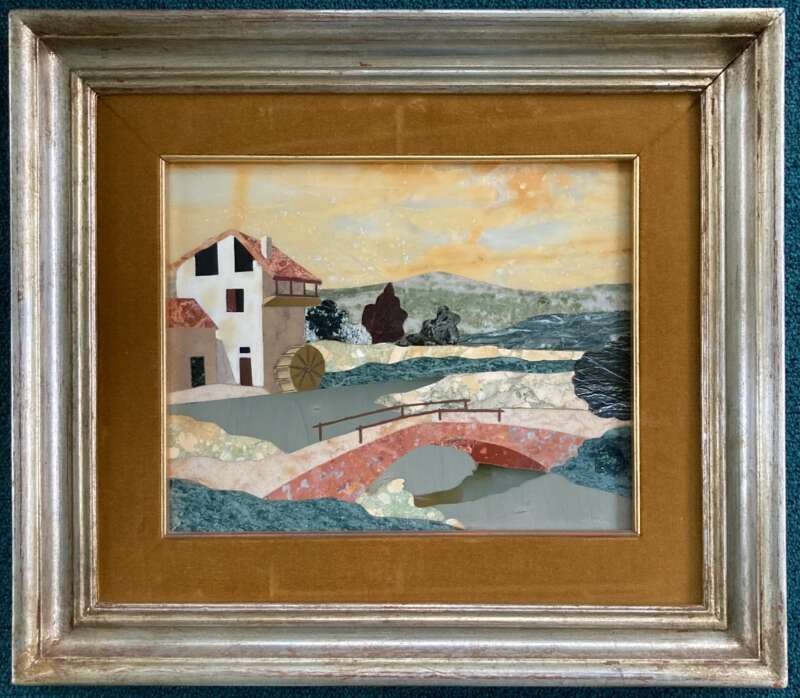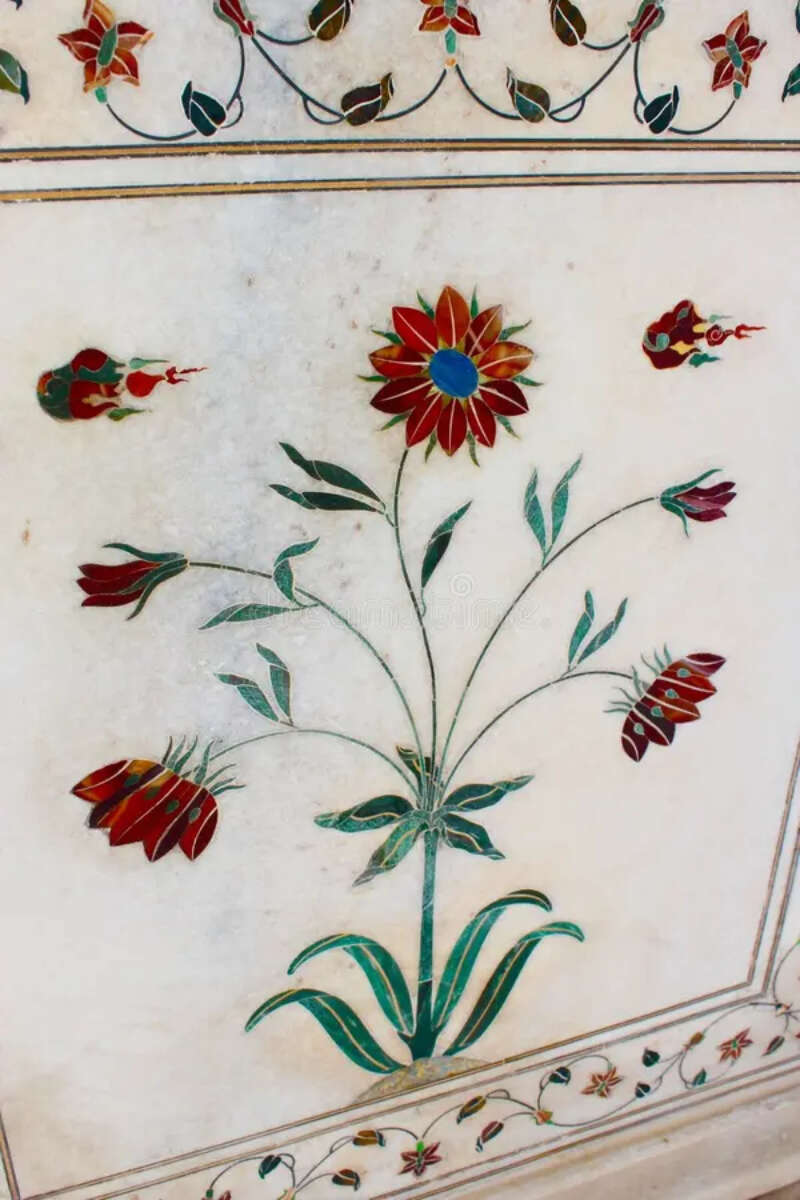Pietra Dura, The Stone Inlay Art, Meets Mother of Pearl Inlay.
Italian phrase ‘Pietra Dura’ means hard stone, also called ‘pierre dure’ in French. The first workshop, originally specialized in hardstone carving, was created in Tuscany around 1588 by a very affluent family, the Medici.
From Stone Carving to Highly Ornate “Painting with Stone”
The love of luxury and desire to display wealth led to the combination of many talents from gifted craftsmen including lapidarists, cabinetmakers, glassmakers, jewelers, embroiderers and even goldsmiths.
Painting in stone didn’t Involve paint: creating lasting beauty required hard natural materials like precious stones and gold on a marble base.
From Tuscany to Europe
The lavish style of Pietra Dura cabinets, tabletops and caskets displayed in the Medici palaces became the symbol of their hegemony. Diplomatic gifts contributed to their growing fame among wealthy European collectors and rising powers like the Hapsburg Family.
Well into the 19th Century, Pietra Dura workshops spread across Europe, developing and refining new techniques, styles and collections. Even today Pietra Dura is recognized as the flagship of the Florentine Renaissance.
Image Source: Pitti Mosaici

From Europe to India
The highly technical craft of Pietra Dura was bound to attract the attention of Indian artists, with its intricate precision and its bright natural colors.
Under the Mughals empire in the 16th and 17th Centuries, Indian architecture naturally adopted its flamboyance, adding even more exuberance to the floral motifs.

The Taj Mahal is testimony to a style that Indian artistry only applied to architectural designs, and where precious stones like malachite, turquoise and carnelian contrast against the purity of marble.

Pietra Dura in Modern Days
In the 1900s, intricate artistic techniques fell out of fashion, and Pietra Dura was only preserved via restoration work.
More recent years have seen a revival of this Renaissance Art Form, as soft furnishings and replicas of famous work pieces flourished and became popular again. Contemporary French Artist Hervé Obligi describes it as “marrying stones with light”, a technique that he teaches.
Florence has its own workshop and museum, The Opificio Delle Pietre Dure. It specialises in restoring and showcasing prestigious original creations.
Green Away Mosaics , UK based, are the go-to blog writers describing the stone inlay techniques with videos, and masterpiece showcase.
Mother of Pearl in Pietra Dura
The introduction of Mother of Pearl combined with stone inlay is most common in Indian Pietra Dura. Little seems to be known about the timing of this addition, as the iridescent shell pieces don’t feature in the more traditional Italian and European pieces. Perhaps it is an example of the more eclectic approach allowed in the “New World” of the time, with less attachment to traditions…

Unlike in the early days of Indian Pietra Dura, a great choice of creations now exists on the market, no longer restricted to architectural structures. Vases, tabletops, Inlay jewelry and boxes, wall art and stone carved figurines are all a reminder of its rich Tuscanian history.

Image source: Artefact India
Both New Zealand Abalone Paua and The White Mother of Pearl bring even more riches in modern collections, with their captivating iridescence.
The true origin of Inlay Art?
Inlay techniques seem to have only existed from the 16th Century in Italy and Europe. They have clearly inspired Indians to cerate their own style of precious stone inlay with the addition of Mother of Pearl pieces.
Shell inlay, however, existed a long time before: the first inlay of nacre pieces flourished during the Goryeo Dynasty (918-1392) in Korea under the term of "najeonchilgi", literally meaning 'decoration with Shell. The arts of Pietra Dura and Shell Inlays more recently started enriching and probably influencing each other, from the Renaissance days.
Tell us about your project...
Your project is unique, so we provide personalised advice before delivering worldwide from our studio in New Zealand.
Luméa products are made from natural shell with a variety of factors that affect form and function. If you can’t find the right product from within our range, then talk to us about our custom design service. We love to experiment and collaborate with our partners to create unique solutions.